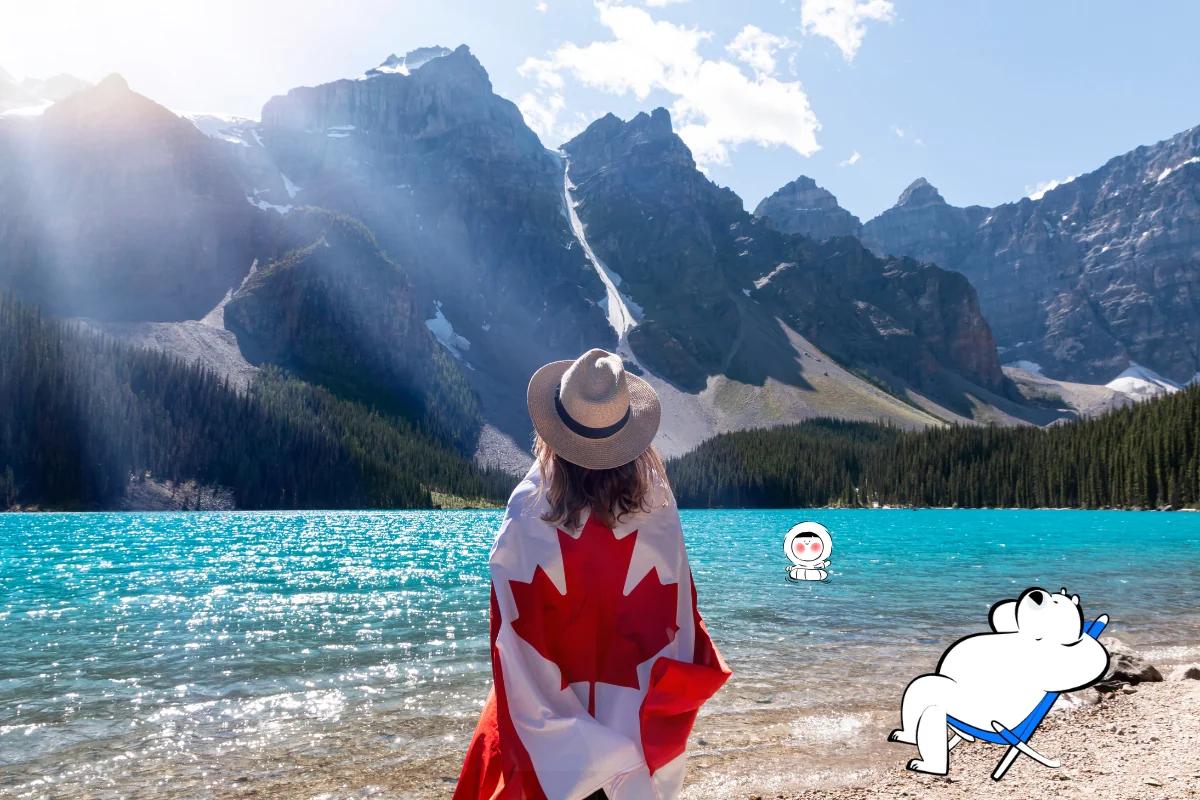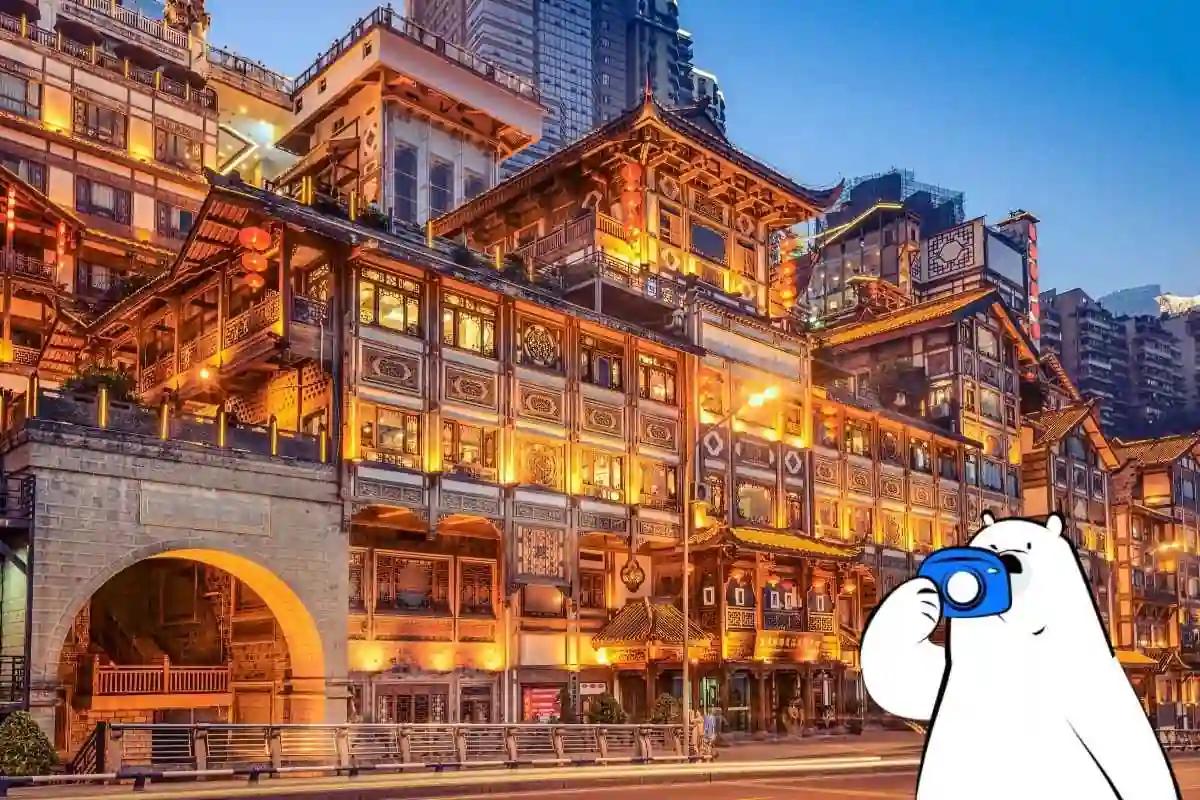
Besides being famous for its cherry blossoms, Japan is also a popular destination for tourists during winter, especially those from Asia. What makes Japan’s winter unique compared to other countries is its famous hot spring culture called onsen. Not every city in Japan gets snow, and even Tokyo does not. Only certain areas experience snow and become popular tourist spots in winter.
1. Sapporo (Hokkaido)
Why visit:
• Famous for the Sapporo Snow Festival, one of Japan’s biggest winter events featuring giant ice and snow sculptures
• Great mix of city life, snow, ski resorts, and winter food (especially ramen and seafood)
• Ideal for travelers who want energy, lights, and winter fun
How to get there:
• Fly to New Chitose Airport (CTS), Hokkaido’s main airport
• From the airport, take the JR Rapid Airport train to Sapporo Station (about 40 minutes), then go to your hotel.
Best public transport in Sapporo:
• Subway is the most convenient way to get around (three lines: Namboku, Tozai, and Toho)
• JR trains for day trips to Otaru or Asahikawa
• Taxi and buses cover local areas not connected by subway
2. Shirakawa-go (Gifu Prefecture)
Why visit:
• UNESCO World Heritage village known for its steep-roofed gassho-style houses built for heavy snow
• Becomes a fairy-tale village in winter with snow and nighttime illumination
• Perfect for a peaceful, traditional winter experience
How to get there:
• Nearest airport: Komatsu Airport (KMQ) or Chubu Centrair Airport (NGO) in Nagoya
• From Nagoya, take the JR Limited Express Wide View Hida train to Takayama Station (about 2.5 hours)
• From Takayama, take the Nohi Bus directly to Shirakawa-go (about 50 minutes)
Best public transport in Shirakawa-go:
• There is no local public transport inside the village, it is small enough to explore on foot.
• Use Nohi Buses for access between Takayama, Kanazawa, and Shirakawa-go
3. Hakuba (Nagano Prefecture)
Why visit:
• One of Japan’s top ski and snowboard destinations in the Japanese Alps
• Hosted the 1998 Winter Olympics
• Surrounded by mountains and beautiful snow scenery
How to get there:
• Nearest airport: Tokyo Narita (NRT) or Haneda (HND)
• From Tokyo, take the Hokuriku Shinkansen to Nagano Station (about 1.5 hours)
• From Nagano, take a direct bus to Hakuba (about 1 hour)
Best public transport in Hakuba:
• Local buses connect ski resorts, accommodations, and Hakuba Station
• Taxis are available but can be expensive
• Many hotels offer free shuttle services to nearby ski areas
4. Ginzan Onsen (Yamagata Prefecture)
Why visit:
• One of Japan’s most beautiful hot spring (onsen) towns
• Famous for its nostalgic wooden ryokan along a snowy riverside
• Ideal for couples or travelers seeking a cozy, romantic atmosphere
How to get there:
• Nearest airport: Yamagata Airport (GAJ)
• From the airport, take a bus or taxi to Oishida Station (about 30 minutes)
• From Oishida Station, take a local bus or taxi to Ginzan Onsen (about 40 minutes)
Best public transport in Ginzan Onsen:
• The town itself is very small and walkable
• Buses connect Ginzan Onsen with Oishida Station
• For longer trips, JR Yamagata Line connects Oishida with Yamagata City
5. Kanazawa (Ishikawa Prefecture)
Why visit:
• Cultural and historical city known for Kenrokuen Garden, one of Japan’s top three gardens
• Snow adds a peaceful beauty to its samurai districts and tea houses
• Perfect for travelers who prefer culture, museums, and scenic winter walks
How to get there:
• Nearest airport: Komatsu Airport (KMQ)
• From Komatsu Airport, take the Komatsu Airport Bus to Kanazawa Station (about 40 minutes)
Best public transport in Kanazawa:
• Loop Bus (Kanazawa Loop Bus) is the best way to visit major attractions like Kenrokuen Garden, Kanazawa Castle, and the old districts
• Walking and cycling are also easy around the main city center
• Taxis available but not necessary for most attractions
Winter Travel Tips for Japan
• Wear thermal layers, waterproof boots, and warm gloves for outdoor comfort.
• Always check train and bus schedules because snow can cause delays.
• Carry cash, as some rural areas and onsen towns may not accept cards.
• Reserve accommodation early, especially in ski resorts and onsen towns.
• Try local winter foods like hot pot (nabe), ramen, and snow crab.
• Visit onsen to warm up after sightseeing in cold weather.
• Pack heat packs (kairo) for your pockets and shoes.
• Bring a portable umbrella since snow can quickly turn into light rain.
• Use IC cards (Suica or Icoca) for easy public transport access.
• Plan your days earlier because daylight ends around 4:30–5:00 PM.
• Watch your step on icy sidewalks and use non-slip footwear.
• Keep your phone and camera batteries warm, as cold drains power faster.
• Respect onsen etiquette by washing before entering the bath.
Internet Tips in Japan
In Japan, during the peak winter season, prices for almost everything increase, including SIM cards, because of the high number of tourists.
To avoid this, it is better to prepare your eSIM before traveling to Japan with Eskimo eSIM. It covers the entire country with high speed 5G coverage, and Japan data plan start from only $2.5 / GB.
FAQs
What is the best time to visit Japan for winter experiences?
The best winter months are from December to February, when snow festivals, ski resorts, and hot springs are at their peak.
Can I use the Japan Rail Pass to reach winter destinations?
Yes, the Japan Rail Pass is valid on most Shinkansen and JR trains, making it a good option for reaching cities such as Nagano, Kanazawa, or Sapporo.
Are English signs and transportation information available in winter destinations?
Most major stations and tourist areas have English signs and announcements, but in smaller towns like Shirakawa-go or Ginzan Onsen, you may find fewer English speakers.
















